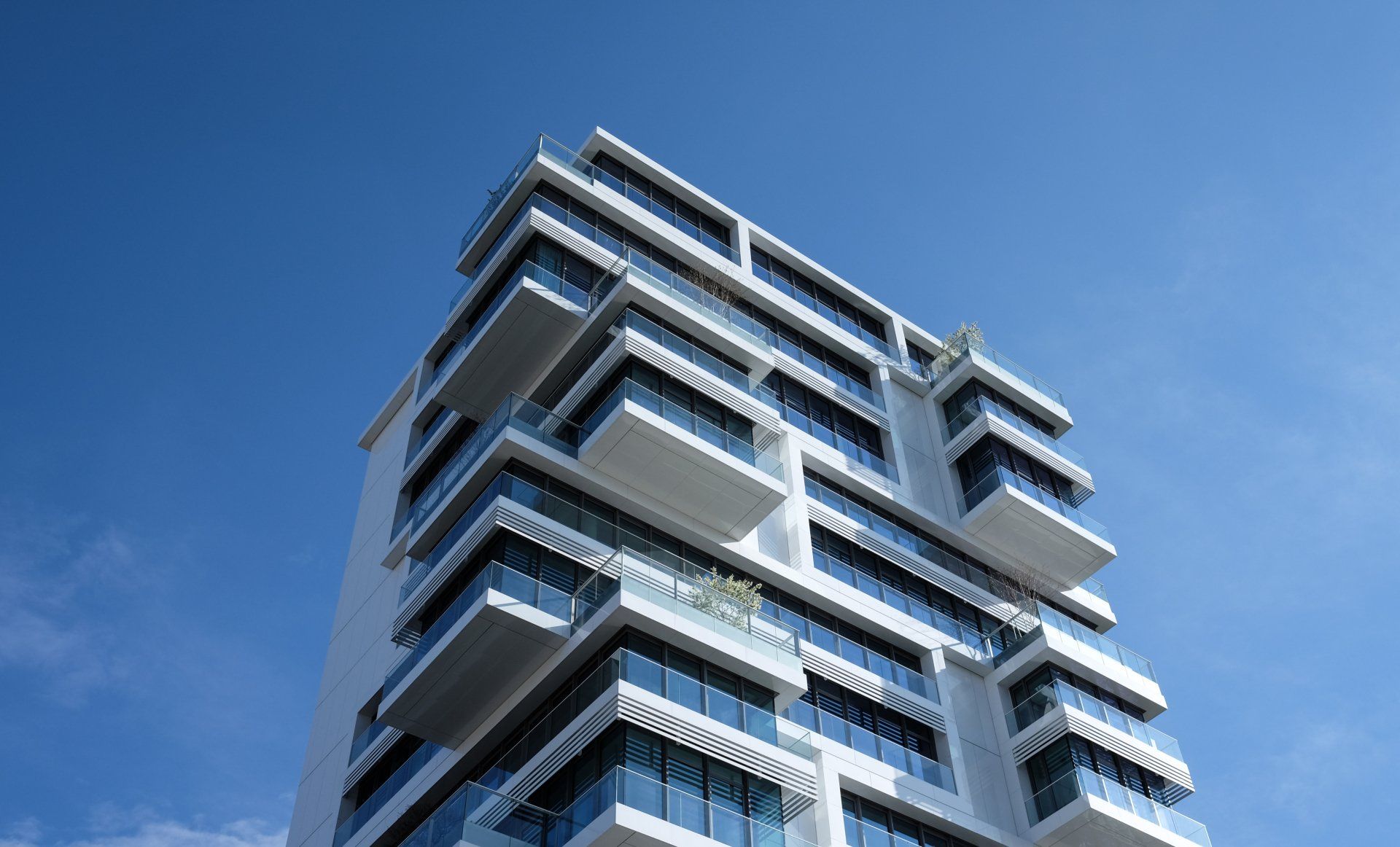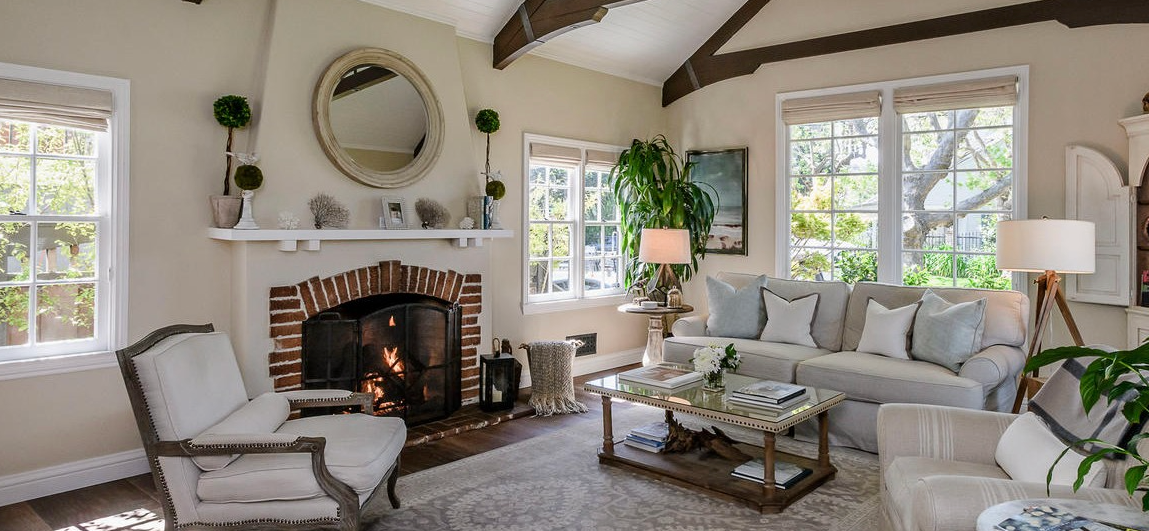Conformning Loan Limit Increases in 2024 - Making loans more affordable!
2023 was a bit of a wild ride for those seeking to finance a home purchase – inventory was low and mortgage rates played hopscotch, so successfully purchasing a home got trickier. However, 2024 is targeted to be a recovery year in real estate given buyers confidence in projected lower interest rates, creative ways to borrow and new conforming loan limits. Greene & Sievers Real Estate is here to break it down for you. Here’s a quick lesson on what the new loan limits are and how they're shaking things up in the housing game.
Adjustments in conforming loan limits for the year 2024, seek to align with shifts in the housing market. This ensures that despite the surge in housing costs, the average homebuyer retains accessibility to conventional mortgages. For 2024, the base limit for a one-unit property is set at $766,550, a notable increase of $40,350 from the preceding year. Fortunately there is good news for the Bay area. The conforming loan limit for Alameda, Contra Costa, San Francisco, San Mateo and Santa Clara counties, jumps to $1,149,825, which is 150% of the base limit. This increase in the conforming loan amount, which may result in a lower interest rate, should open the door for more buyers to qualify for a loan.
In general, conforming loan limits draw the line between regular and jumbo mortgages. Big players like Fannie Mae and Freddie Mac set the criteria, such as down payments, credit scores and documentation for the mortgages they snag. Then, the Federal Housing Finance Agency (FHFA), their watchdog, annually sets the max loan sizes (aka conforming loan limits) for Fannie Mae and Freddie Mac to buy. They bundle a bunch of mortgages into securities and sell them in the secondary market. It's their way of playing it safe when they grab mortgages from lenders.When Fannie Mae and Freddie Mac acquire a mortgage, they take on the risks and share them with investors.
Jumbo loans, surpassing these conforming limits, distinguish themselves from conventional mortgages as they are not eligible for acquisition by Fannie Mae and Freddie Mac. Lenders typically retain jumbo loans for the entire life of the loan, thereby elevating risk exposure which necessitates higher interest rates for prospective homebuyers.
For more information or lender recommendations, contact Peggy and Jody with Greene & Sievers Real Estate.












